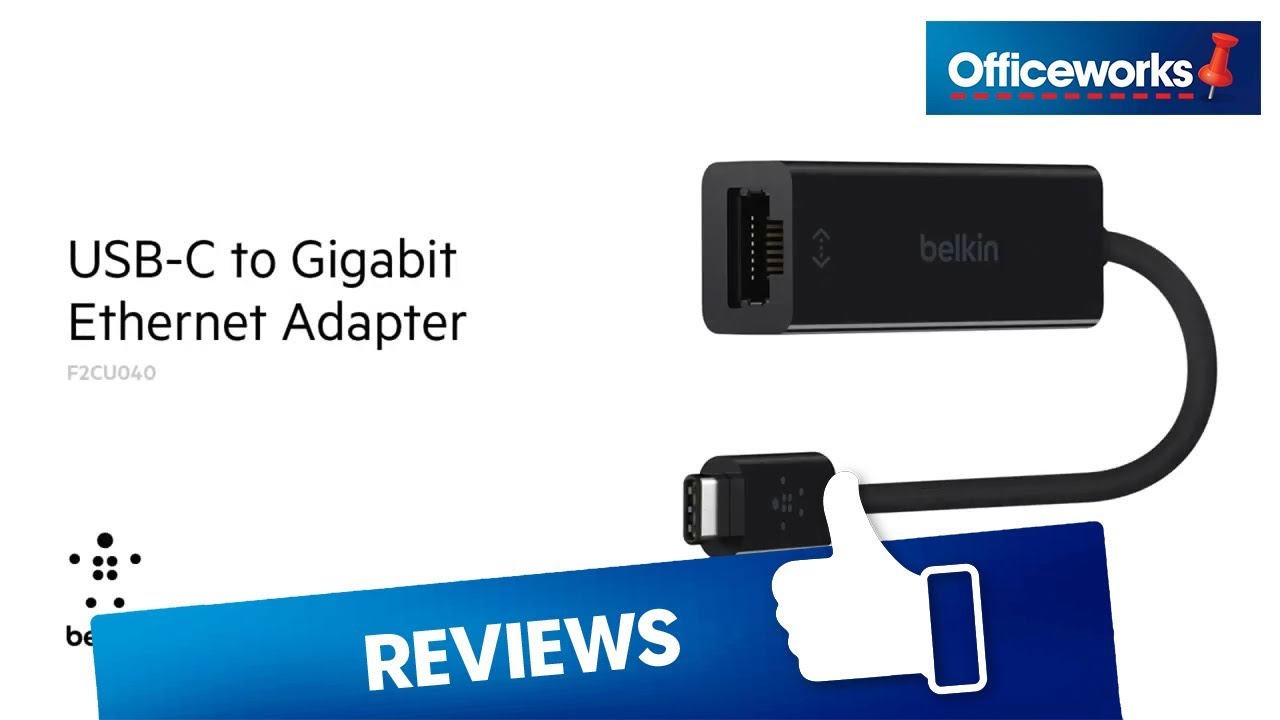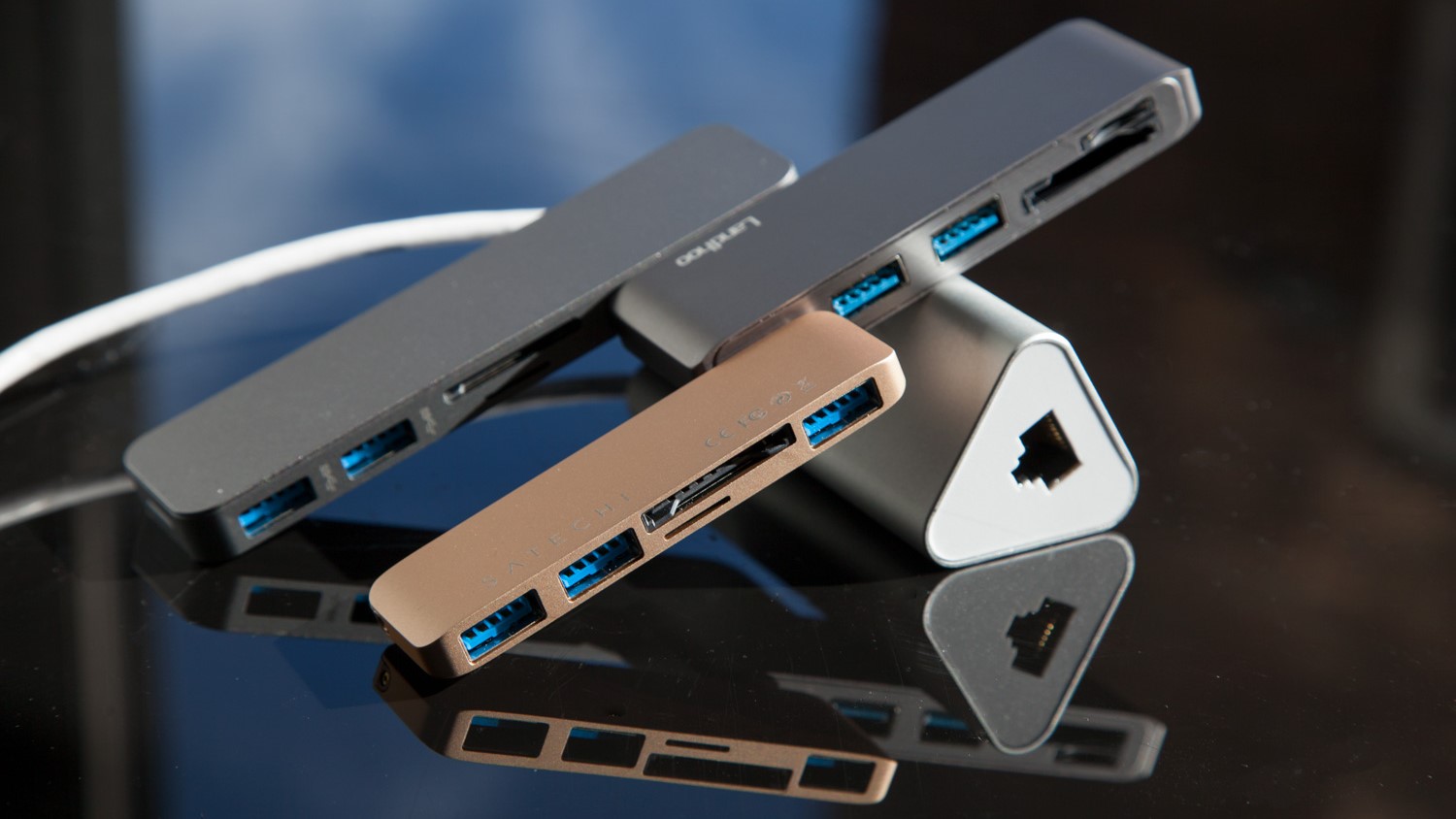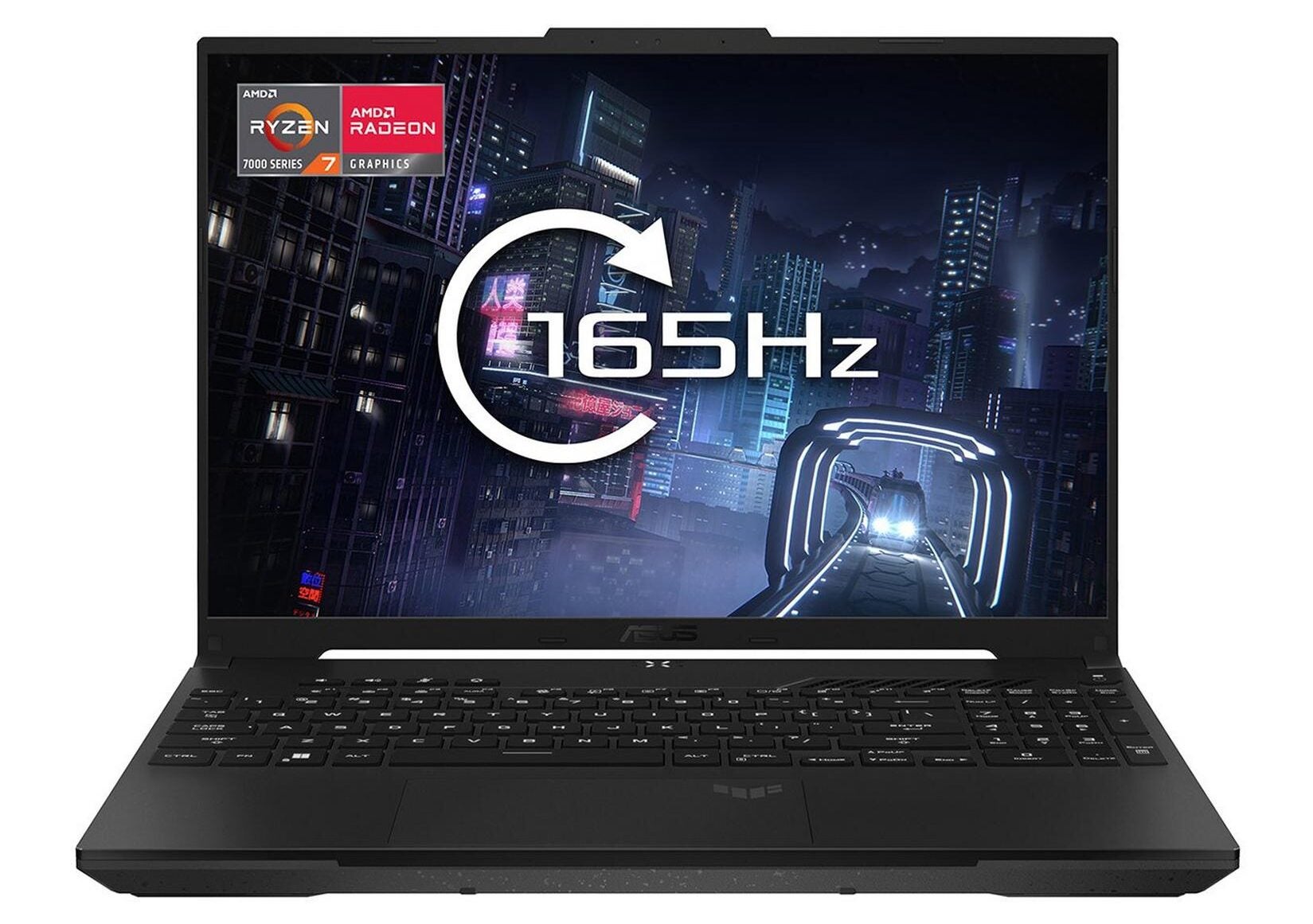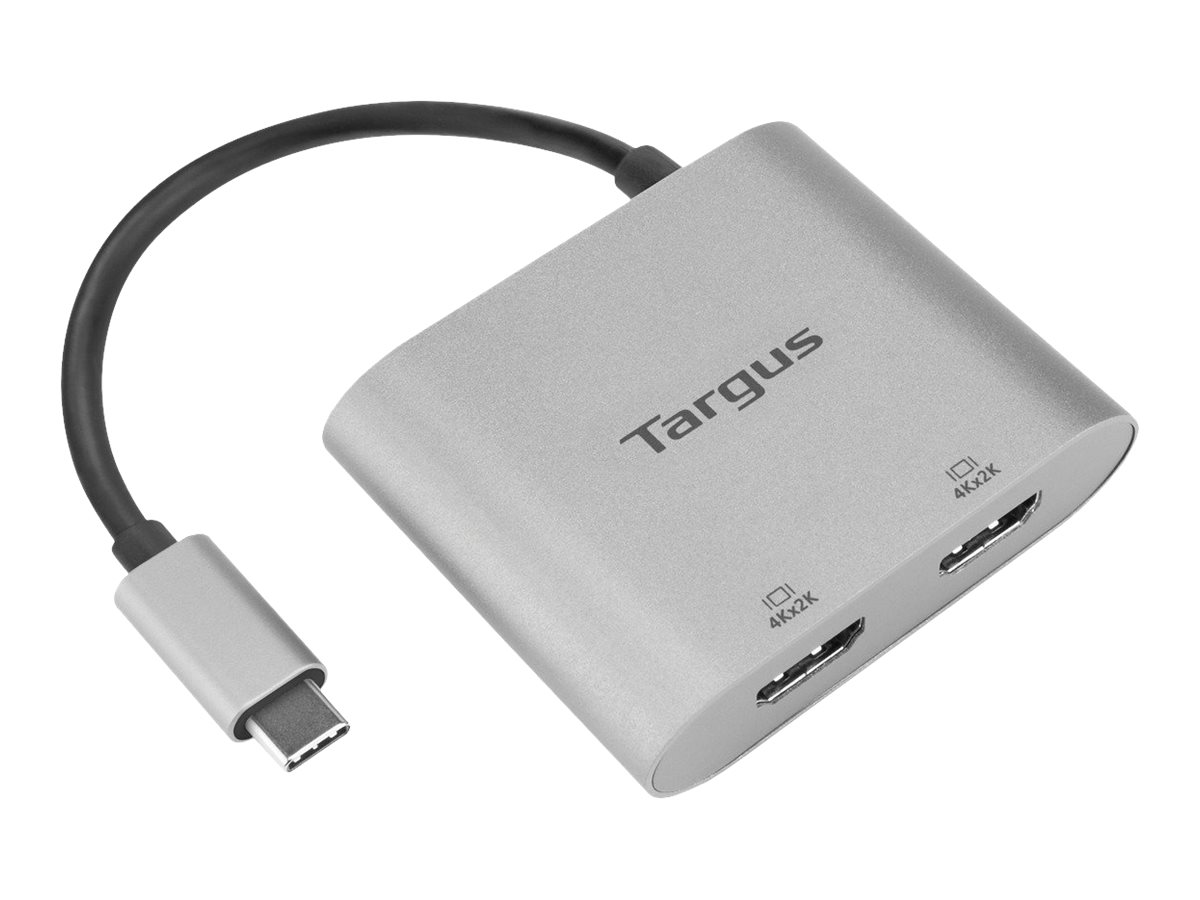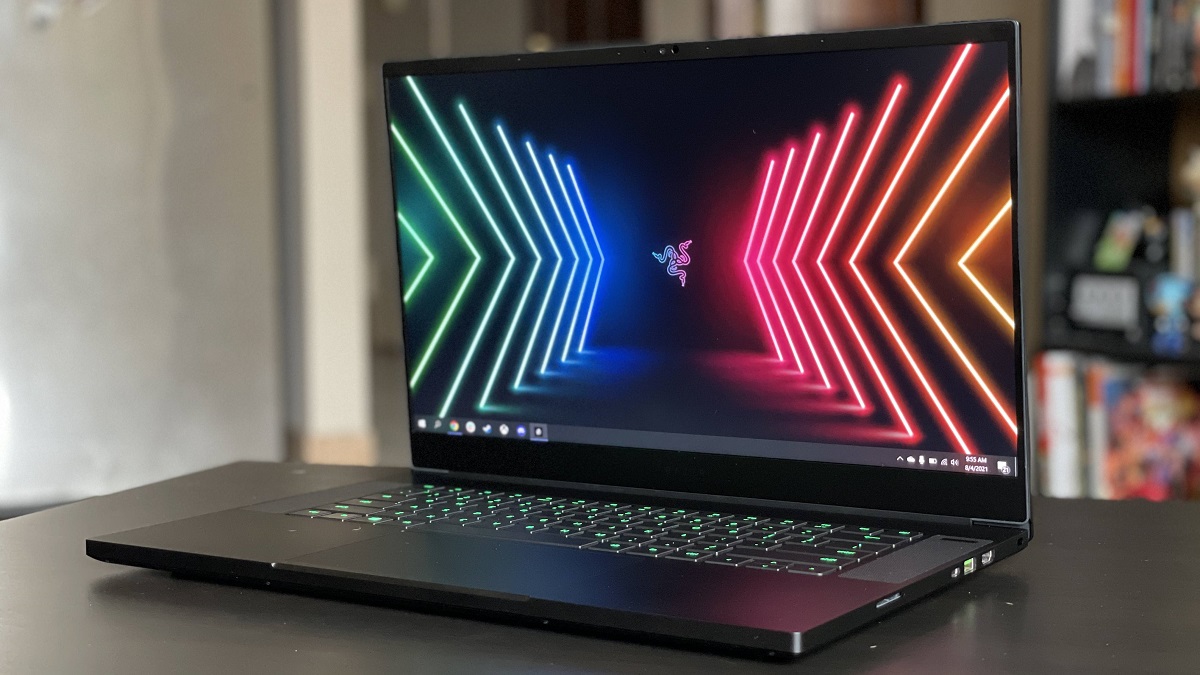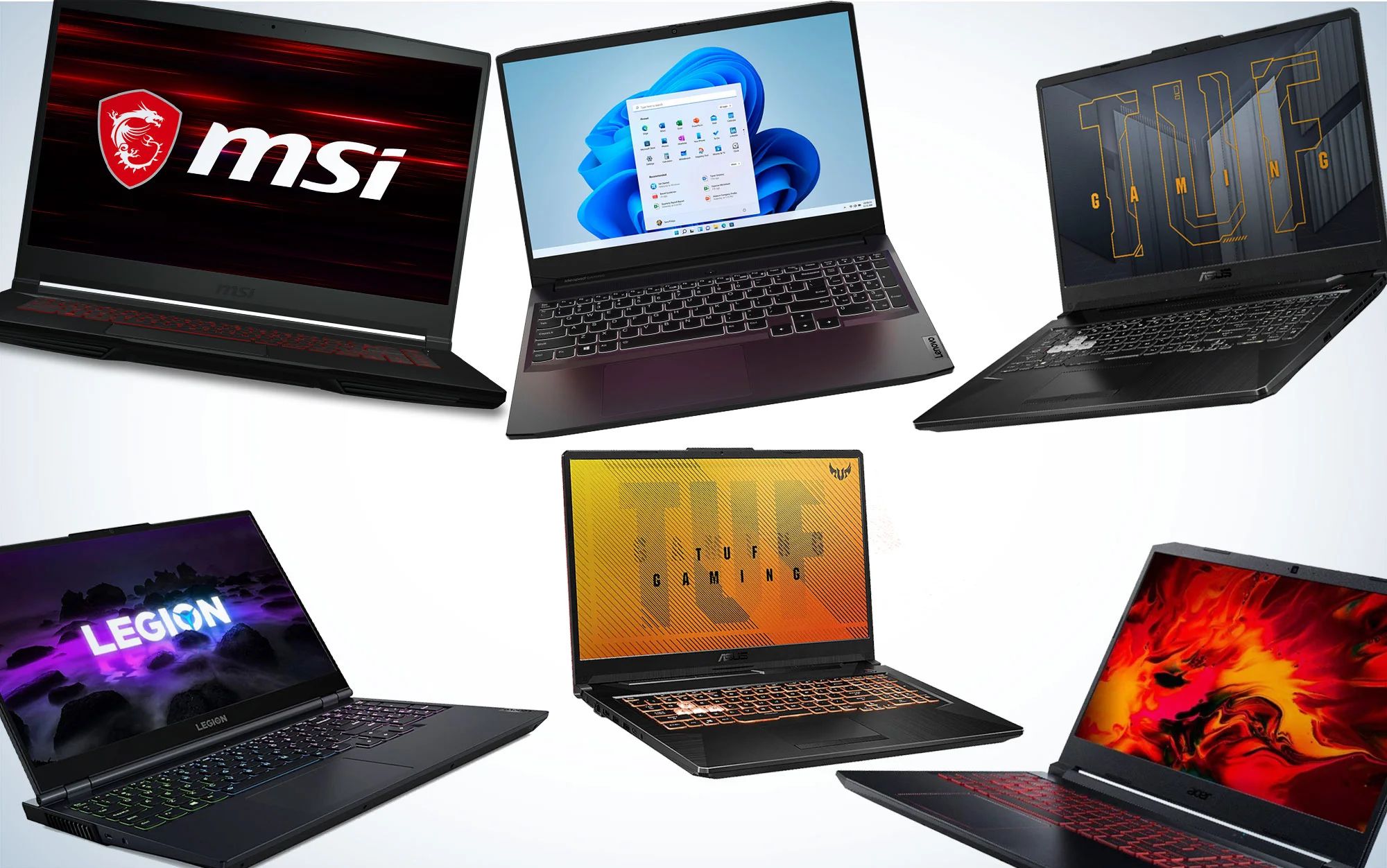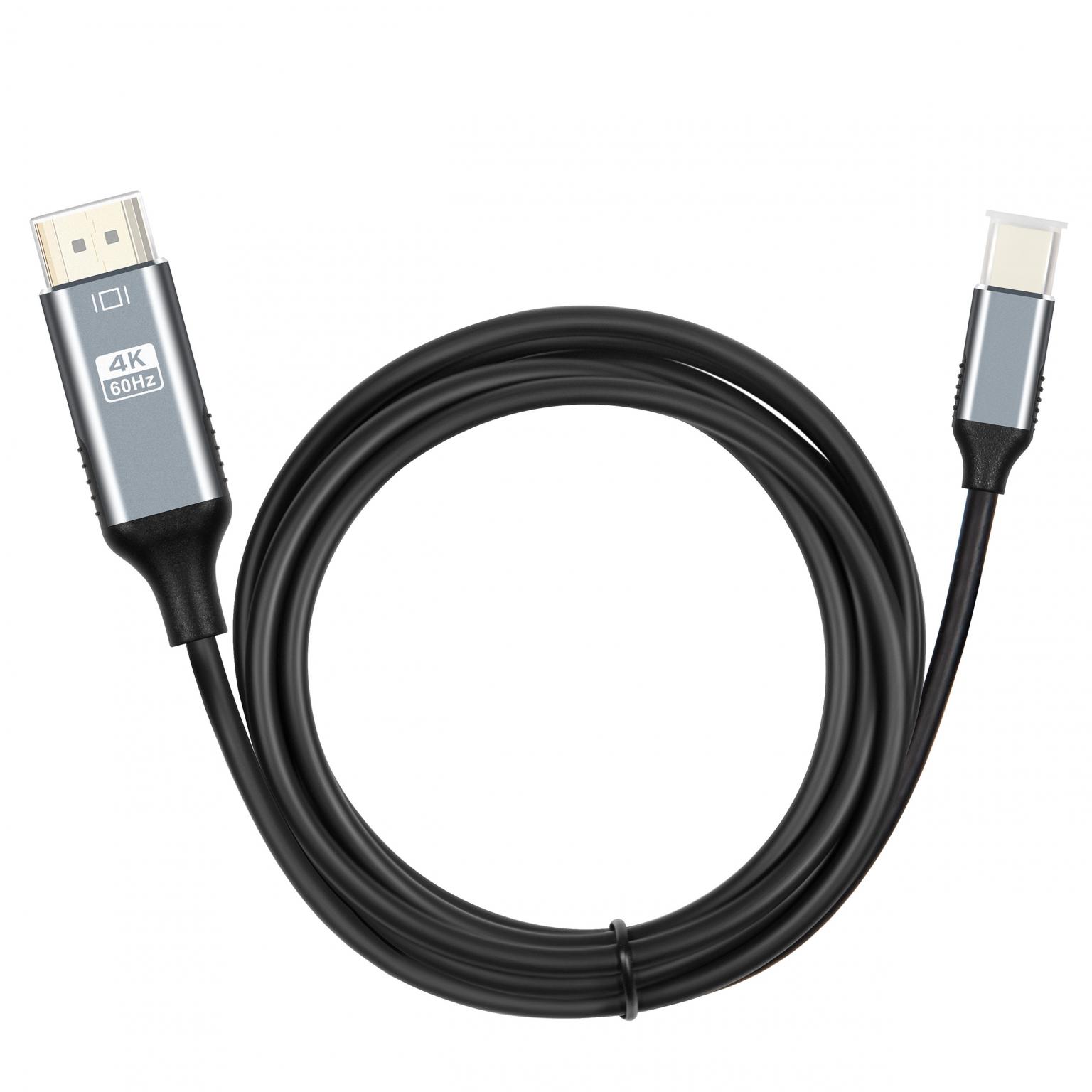Introduction
For avid gamers, the frustration of experiencing slower gaming performance on their laptops while they are plugged in and charging is all too familiar. It can be perplexing and disappointing when you are expecting fast and smooth gameplay, only to encounter lag and reduced frames per second (FPS) while your gaming laptop is connected to the power supply. This phenomenon raises the question: why does a gaming laptop slow down when it’s charging?
The answer lies in the intricate relationship between performance, power management, and battery health. Manufacturers design gaming laptops to strike a delicate balance between delivering high-performance gameplay and maintaining the longevity of the battery. When the laptop is charging, it undergoes certain power-related processes that can impact its overall performance.
In this article, we will delve into the factors that can cause your gaming laptop to slow down when you are charging it. We will explore the effects on both the CPU and GPU performance, as well as the influence of battery health. Furthermore, we will provide some troubleshooting tips to help you maximize your gaming performance while your laptop is connected to the power source.
Why Does My Gaming Laptop Slow Down When It’s Charging?
Understanding the reasons behind the slowed gaming performance of your laptop while it’s charging is crucial for finding effective solutions. Several factors contribute to this phenomenon, including CPU performance and power management, the impact on GPU performance, and the overall health of the laptop battery.
When your gaming laptop is connected to the charger, the CPU performance may be affected due to power management settings. To conserve energy and prevent overheating, the laptop’s power settings prioritize battery charging over performance. As a result, the CPU might not reach its maximum clock speed and can throttle down, leading to slower processing and diminished gaming performance.
Similarly, when charging, the GPU performance might face limitations. Graphics cards in laptops are designed to balance power consumption and performance. When the laptop is plugged in, the power delivery to the GPU may be restricted to prevent excessive power consumption and heat generation. This, in turn, affects the GPU’s ability to deliver optimal performance, resulting in a drop in FPS and overall gaming smoothness.
Battery health is another crucial aspect to consider. Over time, laptop batteries can lose their capacity, which impacts their ability to deliver the required power. If the battery health is degraded, the laptop may rely heavily on the charger for power, and this can affect the overall performance, including gaming. Furthermore, some laptops have power-saving features that limit performance when the battery is charging, aiming to prolong its lifespan.
In order to determine whether your gaming laptop’s performance is truly being impacted by charging or if there are other underlying issues, it’s important to troubleshoot and eliminate any potential culprits. Furthermore, implementing certain optimizations and adjustments can help mitigate the slowdown and enhance your gaming experience even when your laptop is connected to the power supply.
CPU Performance and Power Management
One of the primary reasons why a gaming laptop slows down when it’s charging is the CPU performance and power management settings. When the laptop is plugged into the charger, power management protocols come into play to prioritize battery charging and prevent overheating. These protocols often limit the CPU’s clock speed, causing it to throttle down and reduce overall processing power.
Power management settings aim to strike a balance between performance and energy efficiency. By reducing CPU clock speed, the laptop consumes less power and generates less heat, which helps prevent thermal throttling and prolong the battery’s lifespan. However, this can lead to slower processing speed and decreased gaming performance.
Many gaming laptops have power management options that allow users to customize the balance between performance and power consumption. By adjusting these settings, you can potentially improve gaming performance while your laptop is charging. However, it’s essential to find the right balance that prevents overheating and doesn’t excessively drain the battery’s charge.
In some cases, the power management settings may be too conservative, resulting in severe performance limitations. To address this, you can check your laptop’s power settings and adjust them to prioritize performance during charging. Keep in mind that this may lead to an increased power draw and potentially faster battery drain.
Another factor to consider is the presence of power-saving features within your operating system or third-party software. Some operating systems, such as Windows, may have power management features that limit CPU performance when the laptop is charging. Identifying and adjusting these settings can often lead to a noticeable improvement in gaming performance.
Furthermore, keeping your laptop’s cooling system clean and efficient is crucial to prevent thermal throttling. When the CPU temperature rises above a certain threshold, the system will automatically reduce performance to cool down. Regularly cleaning dust and debris from your laptop’s cooling vents and using a cooling pad can help maintain optimal CPU temperatures and prevent unnecessary performance restrictions.
Impact of Charging on GPU Performance
Aside from CPU performance, charging a gaming laptop can also have a noticeable impact on GPU performance. The graphics processing unit (GPU) is responsible for rendering high-quality graphics and delivering smooth gameplay. However, when the laptop is plugged into the charger, power delivery to the GPU is often regulated to balance power consumption and prevent excessive heat generation.
When you’re gaming on battery power, the GPU may be able to utilize its full power and deliver optimal performance. However, when the laptop is charging, the GPU may be limited in terms of power draw, resulting in reduced performance and lower frame rates.
This limitation in GPU performance while charging is more apparent in graphically demanding games that require intensive graphics processing. You may notice a drop in frame rates, stuttering graphics, or overall instability in the gaming experience. This is because the GPU is not receiving sufficient power to operate at its maximum capacity.
It’s important to note that this power limitation is in place to prevent the GPU from consuming excessive power, which can lead to increased heat and potential damage to the components. Manufacturers implement power limitations to maintain the stability and longevity of the laptop, sacrificing some gaming performance in the process.
However, the impact on GPU performance during charging can vary depending on the laptop model and its specific power management settings. Some gaming laptops may prioritize performance even while charging and provide a more favorable balance between power draw and gaming experience. In contrast, others may place a greater emphasis on conserving power when connected to the charger.
If you find that the impact on GPU performance while charging is significant and impairs your gaming experience, you can consider adjusting power management settings or using software utilities to optimize GPU performance. Look for options that allow you to customize power profiles or modes specific to gaming, which can provide a temporary boost in GPU power during gameplay.
Additionally, ensuring that your laptop’s cooling system is functioning effectively becomes even more important when you’re gaming while charging. As the GPU generates more heat during intensive gaming sessions, it’s crucial to maintain an optimal temperature to prevent thermal throttling. Keep your laptop’s cooling vents clean and consider using cooling pads or external cooling solutions to effectively dissipate heat and maximize GPU performance.
Battery Health and Its Effect on Performance
The health and condition of your laptop’s battery can significantly impact its overall performance, including gaming performance while charging. Over time, laptop batteries can lose their capacity, leading to decreased power output and performance limitations.
When your battery health is compromised, your gaming laptop may rely heavily on the charger for power, especially during resource-intensive tasks like gaming. As a result, the charger may need to supply a higher amount of power to compensate for the diminished battery capacity.
This increased reliance on charging can strain the power delivery system, potentially leading to voltage fluctuations or inadequate power supply to components like the CPU and GPU. Consequently, performance can be negatively affected, resulting in slower processing speed, increased lag, and diminished gaming experience.
Some laptops employ power-saving features that automatically reduce performance when the battery is charging. This is done to prevent power overconsumption and extend the battery’s overall lifespan. While this feature is valuable for maintaining battery health, it can contribute to reduced gaming performance when the laptop is plugged in and charging.
To mitigate the effect of battery health on gaming performance, there are a few steps you can take. Firstly, consider calibrating your battery regularly. This involves fully charging it, allowing it to drain completely, and then recharging it fully. This process can help recalibrate the battery’s capacity estimation and potentially improve overall performance.
If you notice a significant decrease in battery health or performance, it may be worth considering replacing the battery. Replacing an old or worn-out battery can restore the laptop’s power output and potentially enhance gaming performance, even while charging.
Additionally, ensuring that your laptop’s power management settings are optimized for performance can also help alleviate the impact of battery health on gaming performance. Adjusting the power management settings to prioritize performance over power conservation can provide a temporary performance boost, although it may result in faster battery drain.
Regularly monitoring the battery’s health and taking proactive steps can help maintain optimal performance. Some laptops come with software utilities or companion apps that provide detailed information about battery health and allow you to manage power settings effectively. Utilizing these tools can aid in maximizing gaming performance, regardless of the battery’s health.
Troubleshooting: Tips to Improve Gaming Performance while Charging
If you’re experiencing slowed gaming performance on your laptop while it’s charging, there are several troubleshooting steps you can take to improve the situation. These tips will help you maximize your gaming performance even when your laptop is connected to the power supply.
1. Adjust Power Management Settings: Check your laptop’s power management settings and customize them to prioritize performance while charging. Be cautious not to compromise battery health or increase the risk of overheating by excessively drawing power.
2. Optimize Graphics Settings: Lowering graphics settings in games can ease the strain on your GPU, allowing it to perform more efficiently. Experiment with different settings to strike a balance between visual quality and gaming performance.
3. Update Drivers and Software: Ensure that your graphics driver, operating system, and game software are up to date. Outdated drivers or software can cause compatibility issues and hinder performance.
4. Clean Cooling System: Regularly clean the cooling vents and fans of your laptop to prevent overheating. Dust and debris accumulation can obstruct airflow and lead to thermal throttling, reducing performance.
5. Use a Cooling Pad: Investing in a cooling pad or laptop cooling solution can help dissipate heat more effectively and maintain lower temperatures during gaming sessions, minimizing performance limitations.
6. Close Background Programs: Close any unnecessary programs running in the background while gaming. These programs consume system resources and can negatively impact gaming performance.
7. Disable Power-Saving Features: Check your operating system settings and disable any power-saving features that limit performance while charging. However, be mindful of potential battery drain and increased power consumption.
8. Opt for High-Performance Power Mode: Some laptops offer a high-performance power mode, specifically designed for gaming. Enabling this mode can prioritize performance and enhance gaming experience while charging.
9. Monitor CPU and GPU Temperatures: Utilize monitoring software to keep an eye on the temperatures of your CPU and GPU. If either component reaches critical temperatures, consider reducing your gaming session or implementing additional cooling measures.
10. Consider a Higher-Powered Charger: If your laptop allows it, upgrading to a higher-powered charger can provide more stable power delivery during gaming, potentially minimizing performance limitations.
By implementing these troubleshooting tips, you can optimize your gaming laptop’s performance while it’s charging. However, it’s important to remember that gaming on a laptop while charging may still result in some performance limitations due to power management and battery health considerations. Balancing these factors is essential to ensure the longevity of your laptop while still enjoying a satisfactory gaming experience.
Conclusion
The issue of a gaming laptop slowing down when it’s charging can be frustrating for avid gamers seeking optimal performance. Understanding the factors that contribute to this slowdown is crucial for finding effective solutions and enhancing the gaming experience.
CPU performance and power management settings play a significant role in the reduced performance of a gaming laptop while it’s charging. Power management protocols prioritize battery charging over performance, limiting CPU clock speed and processing power. Additionally, the impact on GPU performance during charging is due to power delivery restrictions implemented to balance power consumption and prevent overheating.
Battery health also affects performance. Degraded battery capacity forces the laptop to rely heavily on the charger, potentially straining power delivery and impacting overall performance. Power-saving features aimed to preserve battery health can further contribute to reduced performance during charging.
Fortunately, there are troubleshooting steps that can be taken to improve gaming performance while the laptop is charging. Adjusting power management settings, optimizing graphics settings, and keeping the cooling system clean can have a positive impact. Updating drivers and software, closing background programs, and utilizing cooling pads are additional measures that can enhance gaming performance.
However, it’s important to strike a balance between performance optimization and maintaining the health and longevity of your laptop’s components. Power management settings should be adjusted prudently, and caution should be exercised not to compromise battery health or increase the risk of overheating.
In conclusion, understanding the impact of charging on gaming performance and implementing the appropriate troubleshooting steps can help mitigate the slowdown and improve the gaming experience on a laptop while it’s connected to the power supply. By considering factors such as CPU and GPU performance, battery health, power management, and cooling, gamers can find a suitable balance to enhance their gaming performance even while their laptop is charging.









